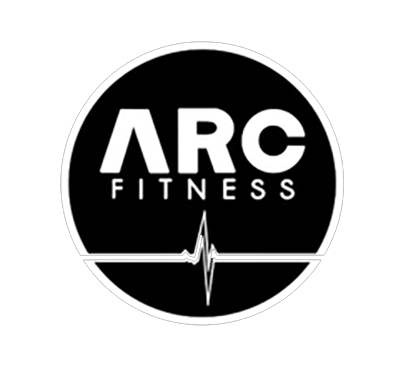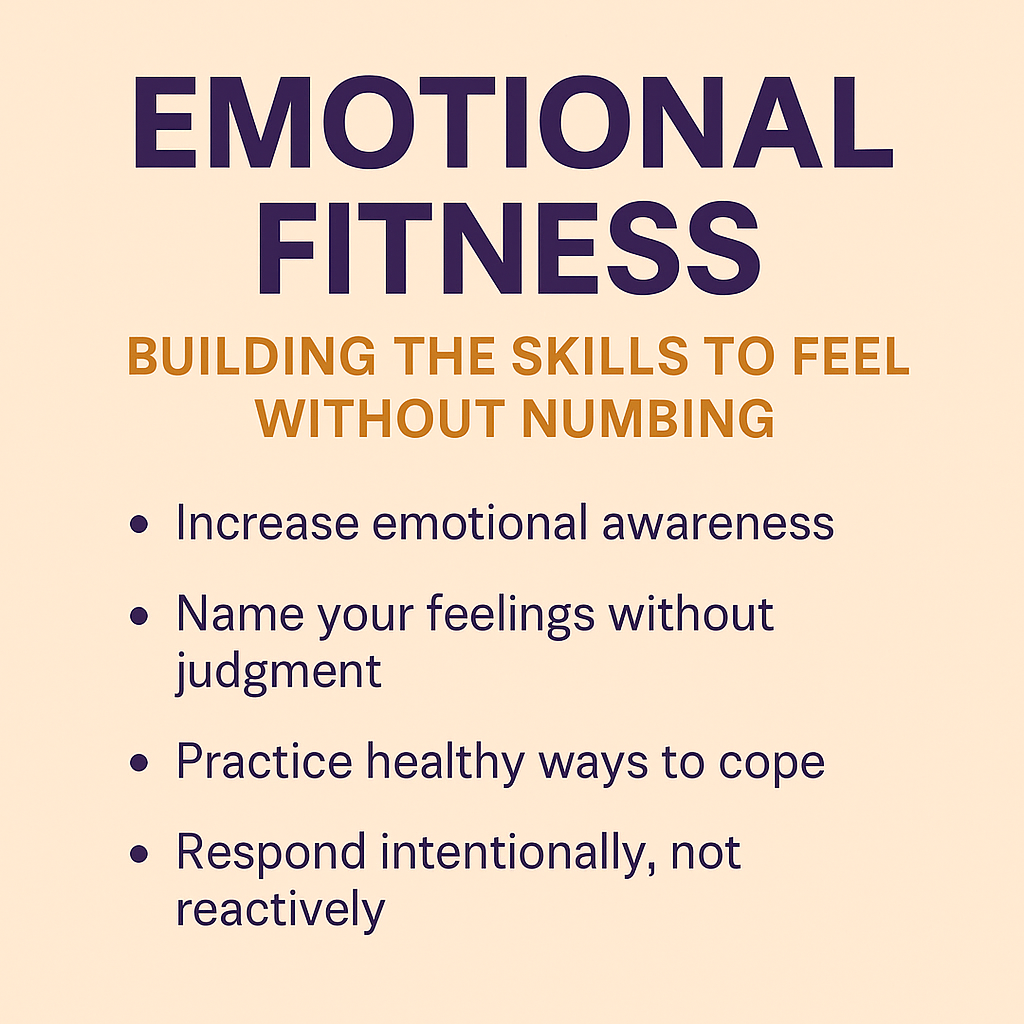No products in the basket.
Arc Fitness
Emotional Fitness: Building the Skills to Feel Without Numbing
Emotional Fitness: Building the Skills to Feel Without Numbing
Addiction is often an escape from feeling. Whether it’s stress, shame, grief, anger, or even joy, numbing becomes the default if an emotion feels overwhelming or unfamiliar. Substances promise relief, even if temporary. But in recovery, we’re no longer avoiding life—we’re learning how to live it. And that starts with emotional fitness.
At ARC Fitness, we treat emotional regulation as a trainable skill. Just like physical fitness, it takes reps, tools, and patience to build. But the more emotionally fit you become, the more resilient, present, and grounded your recovery becomes.
What is Emotional Fitness?
Emotional fitness means being able to:
- Notice and name what you’re feeling without judgment
- Sit with discomfort without needing to escape it
- Respond to emotions with intention, not impulse
- Use tools that regulate your nervous system instead of numbing it
It’s not about controlling emotions or never feeling bad. It’s about having the tools to handle emotions without letting them handle you.
Why We Numb
Numbing is a coping strategy. It’s what we turn to when we don’t feel safe to feel. In addition, substances become a shortcut to bypass pain, boredom, stress, or even celebration.
But numbing also shuts us off from connection, growth, and authenticity. When we numb pain, we also mute joy. When we escape discomfort, we avoid the growth that discomfort offers.
Recovery is the invitation to feel again. Not just the highs, but the full range. That’s where healing happens.
How to Build Emotional Fitness
1. Name the Feeling
Most people weren’t taught emotional literacy. Start by identifying what you’re feeling beyond “good” or “bad.” Are you frustrated? Lonely? Embarrassed? Nervous? Naming the feeling reduces its intensity and activates your thinking brain.
2. Create Space Before Reacting
Between stimulus and response is a pause, and that pause is where emotional fitness lives. Practice taking a breath before reacting. The goal isn’t to suppress your feelings, it’s to choose your response.
3. Use the Body to Regulate the Mind
The body and brain are connected. Movement, breathwork, grounding exercises, and even cold exposure can regulate your nervous system when emotions spike. Your body is often the fastest way back to calm.
4. Journal Your Emotions
Writing helps you process emotions with perspective. Ask:
- What triggered this feeling?
- What story am I telling myself about it?
- What do I need right now?
5. Build a Toolbox, Not Just a To-Do List
Your emotional fitness tools might include:
- Breathwork or meditation apps
- Talking to a sponsor, coach, or peer
- Mindful walks
- Music that matches your mood
- Time alone or time with safe people
The key is variety—so you’re not left scrambling when things hit hard.
ARC’s Approach to Emotional Fitness
At ARC Fitness, we integrate emotional fitness into every part of recovery. From check-ins to group discussions to fitness sessions, we help our community feel their way forward, not run from their feelings.
We encourage emotional honesty, not emotional perfection. You don’t have to have it all figured out. You just need the willingness to feel and the tools to handle what comes up.
Final Word: Feel It to Heal It
The goal of recovery isn’t to feel good all the time. It’s to feel everything, without running, numbing, or collapsing.
Emotional fitness is freedom. It gives you the strength to face life, not escape it. And it’s available to anyone willing to do the reps.

